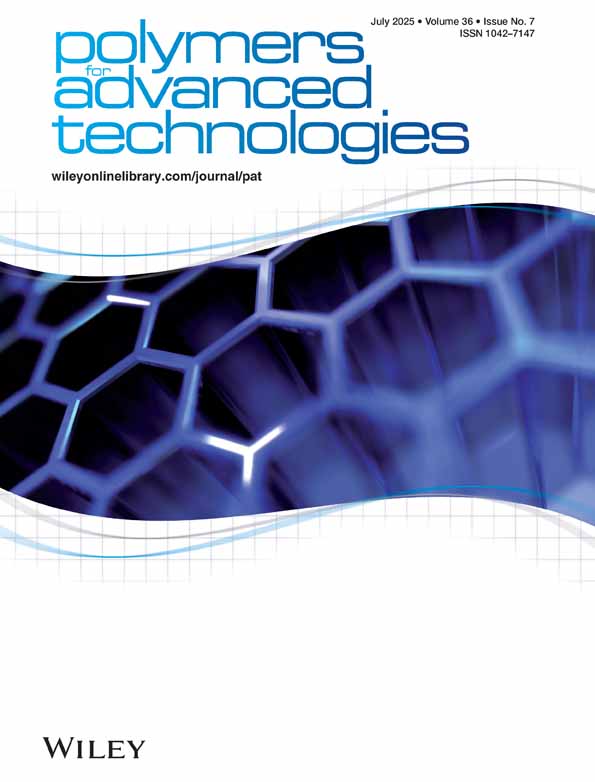Polylactide (PLA) designed with desired end-use properties: 1. PLA compositions with low molecular weight ester-like plasticizers and related performances
Abstract
Polylactide (PLA) is an attractive candidate for replacing petrochemical polymers because it is biodegradable and produced from annually renewable resources. Characterized by high tensile strength, unfortunately the brittleness and rigidity of PLA limit its applicability. For a great number of applications such as packaging, fibers, films, etc., it is of high interest to formulate new grades with improved flexibility and better impact properties. In this objective, a specific PLA grade (L/D isomer ratio of 96:4, high molecular weight) was melt-mixed with selected plasticizers: bis(2-ethylhexyl) adipate (DOA), glyceryl triacetate (GTA), and tributyl O-acetylcitrate (TBAC). Their effect on the molecular, thermal, and mechanical properties of PLA was investigated for content up to 20 wt% plasticizer and the results were correlated with a particular attention to the relationship between property and application. Using the solubility and interaction parameters, a tentative evaluation of the product that could act as the most effective plasticizer for PLA has been performed and the obtained results have been corroborated with the materials physical properties. Excellent mechanical performances were obtained using the plasticizer having the lowest molecular mass (GTA) and the best interaction parameter. In relation to plasticizer amount/nature, the glass transition temperature of PLA (62°C) is decreased by plasticizing by more than 30°C, whereas better impact properties and lower stiffness are measured. The optimal formulations targeted to the final applications are clearly characterized by specific end-use properties: improved crystallization rates (PLA-DOA); high elongation at break and tensile strength (PLA-GTA, PLA-TBAC), medium to high impact properties (PLA-DOA, PLA-GTA) compositions. Copyright © 2008 John Wiley & Sons, Ltd.




